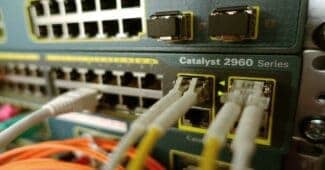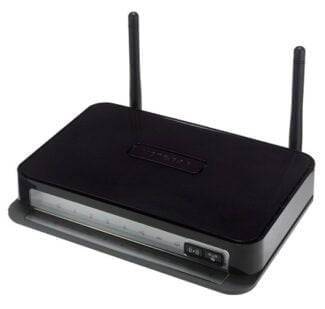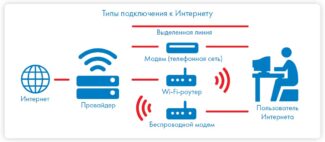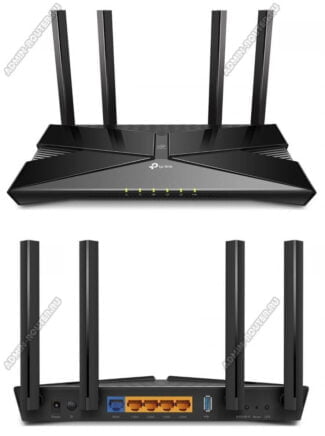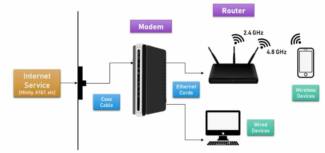DEFINITION! A router is a device that builds a local network based on a routing table, receives external packets from an Internet Service Provider and transmits them to the recipient via cable or wireless Wi-Fi technology.
The difference between a router and a router
Let's start with the main thing: a router and a router are one and the same. Yes, that's right. The English word router means "router. And yet there is a huge variety of models, which can be difficult to understand even for an experienced user. But we're here to help.
A router or router is a device that distributes the Internet to wired and wireless gadgets.
Most often you need an Ethernet cable to connect to the network at home. Less commonly, an ADSL connection is used. Here are the most common types:
– FTTB (Fiber To The Building) is one of the most successful technologies. The provider brings an optical cable into the apartment building, which is fed to the users with twisted pair – copper Ethernet cable with RJ45 connector. In this way the provider provides a maximum speed of Internet connection up to 1000 Mbps in both directions: from the provider to the user and back;
– ADSL technology (Asymmetric Digital Subscriber Line) allows you to have high-speed access to the network using a standard telephone line already available in your apartment. In this case, the maximum possible speed of data transfer to the consumer is 24 Mb/s, and to the provider – 3 Mb/s. This is noticeably inferior to the FTTB option. If you are connected to an ISP using this technology, choose a router with an ADSL format input (WAN port).
Fiber optic prices are going down. Thanks to this, it is now possible to lay the cable directly into the house. More and more operators are deploying networks in the private sector. In that case, not only a router is needed, but also a media converter. This is a device that converts the fiber optic signal into a digital signal. The media converter outputs the familiar Ethernet port.
Choosing a Wi-Fi Version
When buying a router, it is important to decide which version of the Wi-Fi standard you need. To do this, you should know a few nuances:
– The newer the version of the standard (Wi-Fi 802.11 a/b/g/n/ac/ax – in ascending order), the faster it is able to transmit data;
– The vast majority of current devices support 802.11n. However, there are already models that support the progressive 802.11ac standard;
– In the near future the market will be conquered by new devices supporting the 802.11ax Wi-Fi standard. The world's leading smartphone manufacturers have begun to equip their flagships with this wireless module.
Almost all routers support not only the main standard listed on the box, but also all previous current versions. Even if you don't have a new laptop or smartphone right now, we recommend getting a router that supports 802.11ac.
Switch
A switch is a device that connects several nodes in a computer network together. These nodes can be computers as well as other devices such as printers, servers, etc. A switch is able to transmit information from sender to receiver only within this local network. This communication is called the second (data link) layer of the OSI network model.
A common name for a switch is switch.
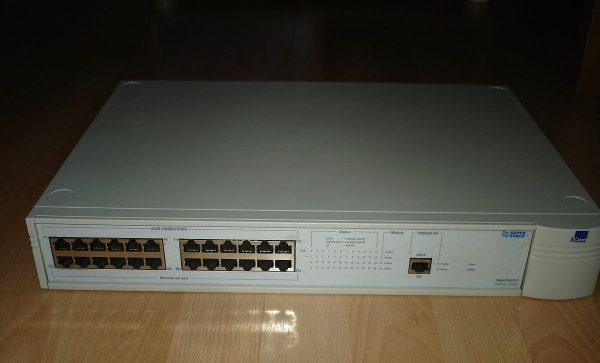
A network switch creates a network of several connected devices, which are called nodes
Working Principle
The way a switch works is based on bridge technology. Data coming from one node in the network is sent directly to the destination node. The latter is determined by means of a special switching table in which the device stores the MAC addresses of the nodes. This ensures the speed and security of the network connection.
Previously hubs were used instead of a switch. These devices implemented the first layer of the OSI network model – they passed data from the starting node to all the other nodes on the network. This approach was obsolete, as it required each node in the network to handle all traffic, regardless of who was the recipient of the data packet.
The switch is equipped with one type of port – LAN (Local Area Network), which is suitable for connecting local devices that are physically located close to each other.
Router
A router is most commonly referred to as a router (although the more correct transliteration is "router"). This device is designed to connect multiple networks of different architectures. This means that the router is capable of connecting your personal home network to a wide area network (the Internet). This interaction is the third (networking) layer of the OSI model.
A special feature of the router is the ability to configure the rules of data transmission. Most often this is done with the help of a special web interface accessible via a browser.

Almost all household ISPs use a similar web interface to allow the user or administrator to adjust the rules of the router
The security of this device is ensured by a built-in firewall as well as data packet filtering. Another common optional feature is a wireless Wi-Fi access point.
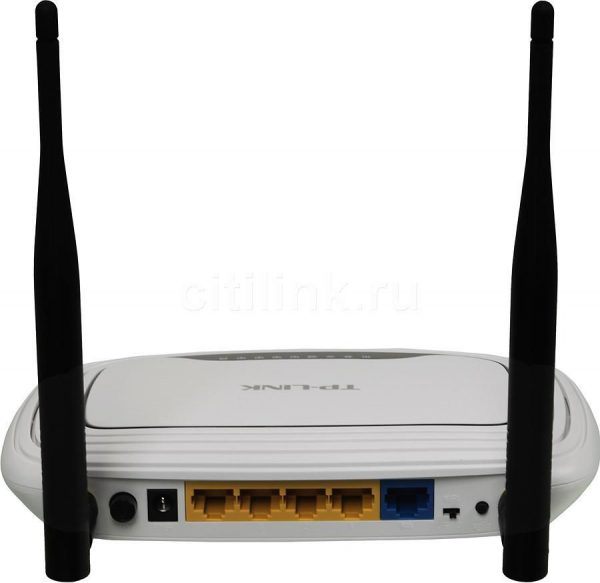
A household router is often equipped with a wireless access point
Routers are used not only to access the Internet. Large companies often choose a router to reduce the load of the local network by dividing it into broadcast or collision domains.
Operating Principle
While a switch uses a switching table to identify network nodes, a router uses a routing table. It is more complex than its switch counterpart and contains data such as the address, destination network mask, gateway, interface, and metrics of all network devices, including other routers. Using this table, the router is able to determine the shortest data transfer path from one network device (such as a website server) to another (such as your PC).
What a router can do
A router redistributes information between devices. This is where the name "router" comes from, because it routes information. Without data distribution, there can be no Wi-Fi network.
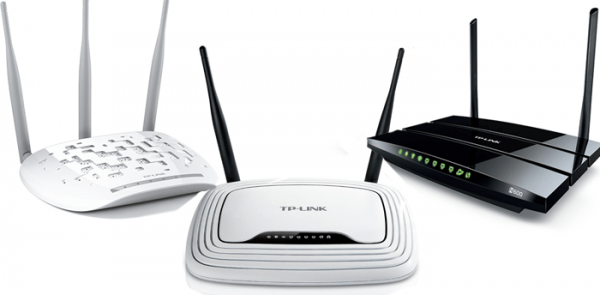
Router and router – different names for the same device
Suppose you have two devices connected to the same Wi-Fi network. Each of them downloads something from the Internet and uploads something to the servers of some sites. All information is a sequential set of bytes. Bytes are encrypted and transmitted using radio waves of a certain frequency. The router receives and sends the waves, that is, an encoded sequence of bytes, to both devices. And it is up to the router to understand what information to send to which device.
Misstatements
A router and a router are sometimes distinguished by the following attributes:
But none of the above features make a router or router a different device. These characteristics only affect the price and capabilities of a router.
What a router can be confused with.
But there are devices that can be mistakenly called a router or router:
- An access point. It only extends the range of the already established Wi-Fi network;
- switch. It distributes data packets and does so quickly, but it is not suitable for creating a network with many connected devices;
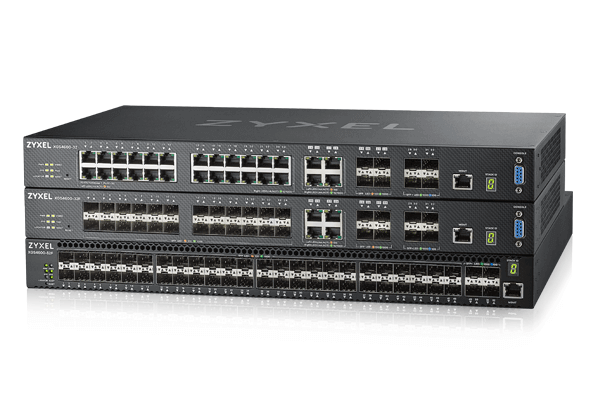
A switch works exclusively with wired Ethernet networks, while a router, if equipped with the appropriate modules, can work with wireless networks

Why do we need antennas?
One more thing we would like to talk about. All current models work on 2.4 GHz and 5 GHz. Here everything is clear, if there are waves, then they should wave with a certain frequency. So the newer ones have support for both 2.4 and 5GHz. The older ones only work on 2.4 GHz.

5 GHz is higher speed, reliable transmission, but a smaller radius because the higher frequency wave fades faster. And that's where antennas come in to help, which amplify the transmission signal. Often there are 1 to 5 of them. And the more there are, the cleaner the signal will be in the range of the wave.
But here you also need to understand the power of the antenna. This is measured in decibels (dB). Here everything is simple, the more there are, the greater the coverage. At home you usually have an antenna at 2 to 3 dB. But if you have a big house, they will not fit you and you will have to buy more powerful 7-10 dB. Simply put, the longer and more powerful the antenna, the stronger the coverage.

Video for the Lazy
Now you know that a router and router is a box, which receives the Internet from the provider, builds a local network by air or by wire and distributes the Internet to all users. On top of that you can create shared folders on your local network which other users can access. One example is if you create a shared folder, upload movies there, and watch them on a TV that is connected via Wi-Fi.
Read More:
